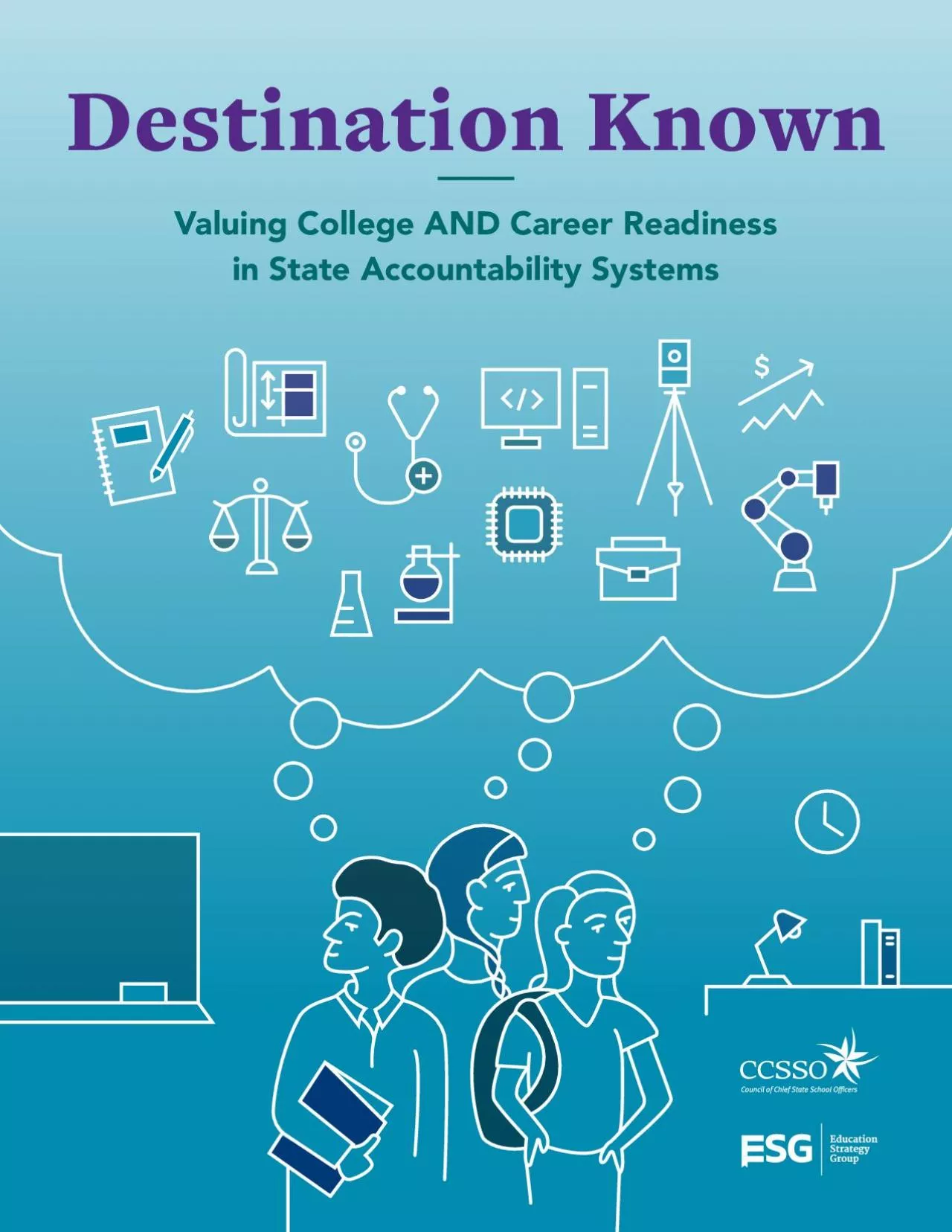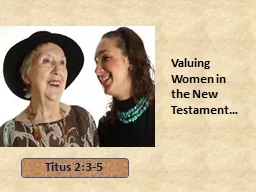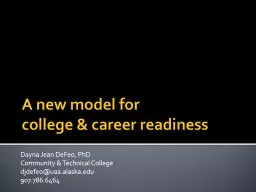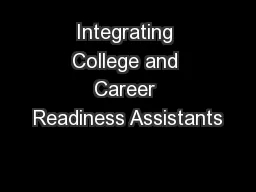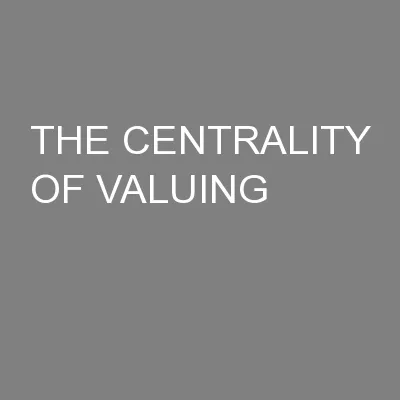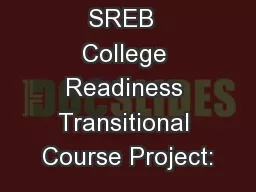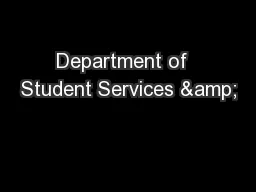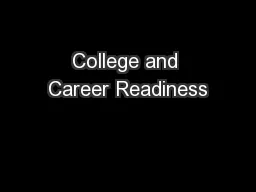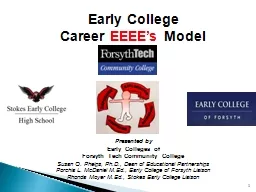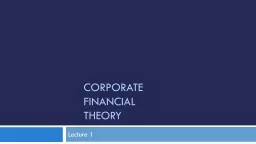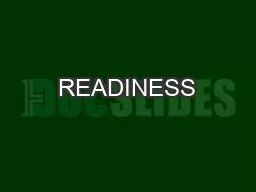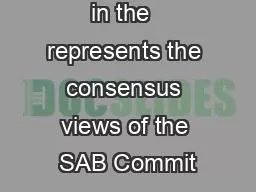PDF-Valuing College AND Career Readiness
Author : ava | Published Date : 2021-09-23
The destination is known31 success for all students in life after high school31 Students will take multiple paths to get there30 and most will need postsecondary
Presentation Embed Code
Download Presentation
Download Presentation The PPT/PDF document "Valuing College AND Career Readiness" is the property of its rightful owner. Permission is granted to download and print the materials on this website for personal, non-commercial use only, and to display it on your personal computer provided you do not modify the materials and that you retain all copyright notices contained in the materials. By downloading content from our website, you accept the terms of this agreement.
Valuing College AND Career Readiness: Transcript
Download Rules Of Document
"Valuing College AND Career Readiness"The content belongs to its owner. You may download and print it for personal use, without modification, and keep all copyright notices. By downloading, you agree to these terms.
Related Documents

